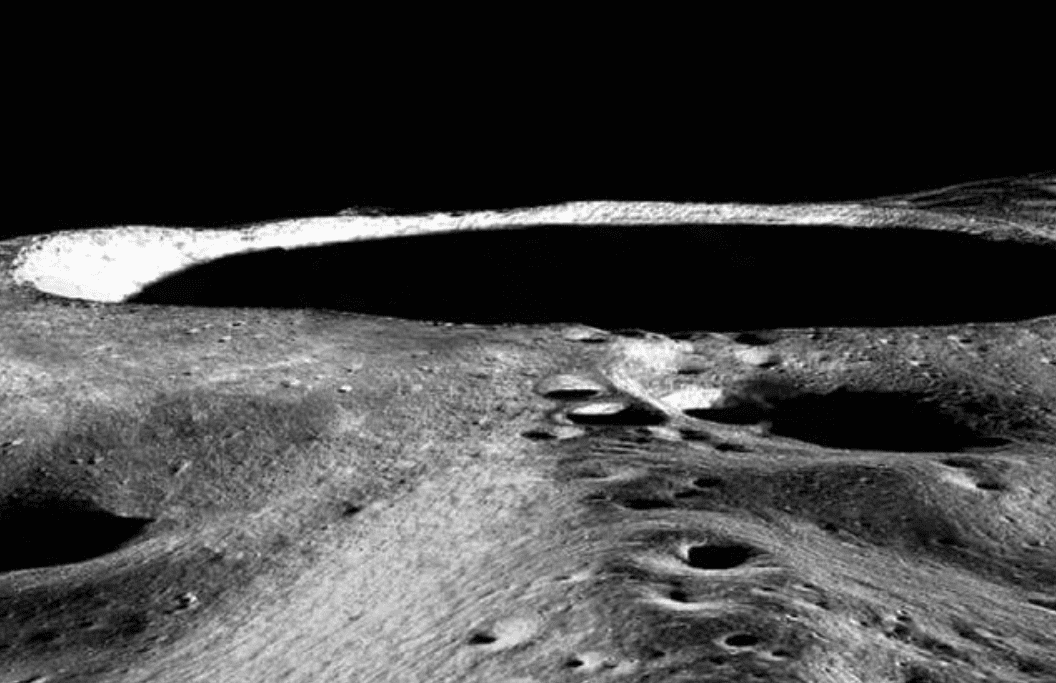Did you know time doesn’t tick at the same pace everywhere? It’s true—on the Moon, clocks run faster by 56 microseconds per day compared to Earth. Sounds like a sci-fi plot twist, but it’s a straight-up fact rooted in Einstein’s theory of general relativity. This quirky reality has serious implications for future lunar missions, especially with NASA’s Artemis program paving the way for human habitats on the Moon.
Why Time Speeds Up on the Moon
Let’s break it down: Time flows differently depending on gravity and relative motion. On Earth, we’re held firmly by its gravity, causing clocks here to tick more slowly compared to places with weaker gravitational pulls. The Moon, with just 1/6th of Earth’s gravity, gives clocks a chance to tick a bit faster. However, the Moon’s relative motion to Earth counters this effect slightly, creating the net difference of 56 microseconds daily. While this might seem minuscule, it’s a game-changer in the high-stakes world of space navigation.
Bijunath Patla and Neil Ashby, physicists from the National Institute of Standards and Technology (NIST), tackled these calculations in detail. Their findings, published in the Astronomical Journal, are a big step forward in understanding how to sync time between Earth and the Moon. It’s not just about bragging rights; it’s about ensuring astronauts and rovers don’t miss a beat—or, worse, miss their targets.
Why Microseconds Matter in Space Missions
You might think, “What’s the big deal about 56 microseconds?” Let me put it in perspective: A delay that tiny could throw off navigation by up to 17 kilometers daily. Imagine a rover on a critical mission overshooting its destination because of a clock mismatch. When NASA’s Artemis astronauts start hopping around the Moon, they’ll rely on systems accurate to within 10 meters. That’s why scientists are working overtime to nail this down.
Navigation systems, like those used on Earth for GPS, already account for relativity. Satellites orbiting Earth experience less gravity than we do on the ground, so their clocks tick slightly faster. But the Moon adds an extra layer of complexity: it’s not just farther away but also under the influence of two gravitational forces—Earth’s and the Moon’s.
The Push for a Lunar Time Standard
The push to establish a universal lunar time system kicked into high gear when the White House challenged scientists to set a standard in April 2024. With multiple nations eyeing lunar missions and permanent bases, coordinating time isn’t just practical—it’s essential. Think of it as setting the Moon’s first wristwatch before it becomes a bustling space hub.
Physicists Sergei Kopeikin and George Kaplan also jumped into the fray, calculating periodic fluctuations in lunar time caused by tidal forces from the Sun and Jupiter. These nanosecond-level effects might sound like overkill, but when it comes to pinpoint accuracy, every tiny adjustment counts.
Scientists know this isn’t a quick fix. It might take decades before we have bustling lunar colonies needing synchronized clocks. But the groundwork is being laid now. Establishing a reliable time standard for the Moon isn’t just about keeping track of hours—it’s about ensuring the success and safety of every rover, astronaut, and robot that ventures there.
So next time you glance at your watch, remember: Time doesn’t just tell us when; it also tells us where. And on the Moon, every microsecond counts.












Leave a Reply